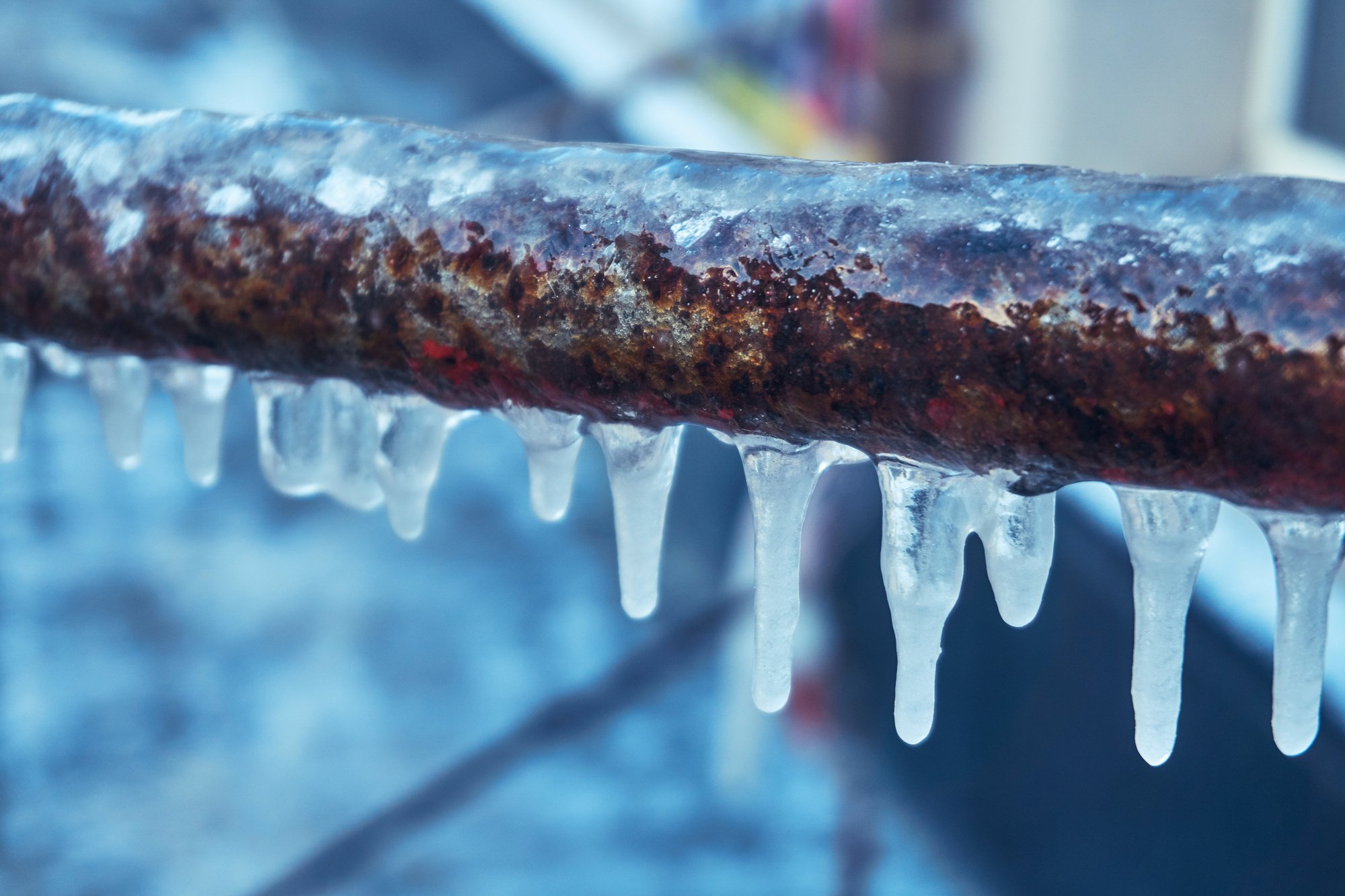Protecting Pipes from Cold Weather Damage: Key Strategies
Protecting Pipes from Cold Weather Damage: Key Strategies
Blog Article
This article which follows involving How to prepare your home plumbing for winter weather is totally captivating. Don't bypass it.

Winter can wreak havoc on your pipes, particularly by freezing pipes. Right here's exactly how to avoid it from occurring and what to do if it does.
Introduction
As temperature levels decline, the danger of frozen pipelines boosts, potentially leading to pricey repair services and water damage. Recognizing exactly how to prevent frozen pipelines is essential for home owners in chilly climates.
Recognizing Frozen Pipelines
What causes pipes to ice up?
Pipes ice up when exposed to temperature levels listed below 32 ° F (0 ° C) for extended durations. As water inside the pipes freezes, it increases, putting pressure on the pipe wall surfaces and potentially triggering them to rupture.
Threats and damages
Frozen pipelines can bring about supply of water interruptions, property damage, and expensive repair services. Ruptured pipelines can flooding homes and create extensive structural damage.
Signs of Frozen Pipeline
Determining frozen pipes early can prevent them from bursting.
How to identify frozen pipelines
Seek lowered water circulation from taps, unusual odors or sounds from pipelines, and visible frost on subjected pipes.
Avoidance Tips
Shielding prone pipes
Cover pipelines in insulation sleeves or use warm tape to safeguard them from freezing temperatures. Focus on pipelines in unheated or external locations of the home.
Home heating strategies
Maintain indoor areas effectively heated, particularly areas with pipes. Open up cabinet doors to allow warm air to distribute around pipelines under sinks.
Securing Outside Plumbing
Garden hose pipes and outside faucets
Disconnect and drain pipes garden hoses prior to winter months. Mount frost-proof spigots or cover outside taps with insulated caps.
What to Do If Your Pipes Freeze
Immediate activities to take
If you think icy pipelines, maintain taps open up to ease pressure as the ice thaws. Utilize a hairdryer or towels taken in hot water to thaw pipelines slowly.
Long-Term Solutions
Architectural changes
Consider rerouting pipes away from outside wall surfaces or unheated areas. Add added insulation to attics, basements, and crawl spaces.
Updating insulation
Purchase top notch insulation for pipes, attic rooms, and walls. Proper insulation assists maintain regular temperatures and lowers the danger of icy pipes.
Verdict
Stopping frozen pipes calls for proactive procedures and fast responses. By comprehending the causes, indicators, and preventive measures, home owners can secure their pipes during winter.
5 Ways to Prevent Frozen Pipes
Drain Outdoor Faucets and Disconnect Hoses
First, close the shut-off valve that controls the flow of water in the pipe to your outdoor faucet. Then, head outside to disconnect and drain your hose and open the outdoor faucet to allow the water to completely drain out of the line. Turn off the faucet when done. Finally, head back to the shut-off valve and drain the remaining water inside the pipe into a bucket or container. Additionally, if you have a home irrigation system, you should consider hiring an expert to clear the system of water each year.
Insulate Pipes
One of the best and most cost-effective methods for preventing frozen water pipes is to wrap your pipes with insulation. This is especially important for areas in your home that aren’t exposed to heat, such as an attic. We suggest using foam sleeves, which can typically be found at your local hardware store.
Keep Heat Running at 65
Your pipes are located inside your walls, and the temperature there is much colder than the rest of the house. To prevent your pipes from freezing, The Insurance Information Institute suggests that you keep your home heated to at least 65 degrees, even when traveling. You may want to invest in smart devices that can keep an eye on the temperature in your home while you’re away.
Leave Water Dripping
Moving water — even a small trickle — can prevent ice from forming inside your pipes. When freezing temps are imminent, start a drip of water from all faucets that serve exposed pipes. Leaving a few faucets running will also help relieve pressure inside the pipes and help prevent a rupture if the water inside freezes.
Open Cupboard Doors
Warm your kitchen and bathroom pipes by opening cupboards and vanities. You should also leave your interior doors ajar to help warm air circulate evenly throughout your home.

I am very fascinated with Prevent Frozen Pipes and I am assuming you appreciated our article. You should take a moment to promote this content if you enjoyed reading it. I recognize the value of your readership.
Schedule Free Estimate Report this page